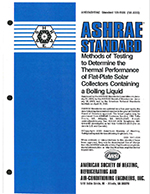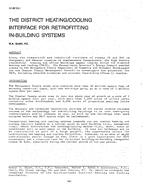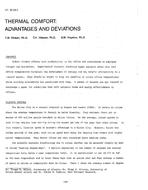A multi-stage compartment fire model HAICFMRail was developed for predicting the conditions inside an enclosure with multiple openings and multiple combustible material surfaces. HAICFMRail was successfully validated with gas temperatures and burning rates measured in compartment fire test data reported in the literature. HAICFMRail was then used to predict the conditions that develop inside of a railcar containing a fully-developed fire. The railcar modeling results indicate that the heat release rate from a railcar is sensitive to initial ventilation into the railcar, fire properties of interior finish materials, and window failure. Increasing the number of doors initially open from one to two caused the peak heat release rate inside the railcar to increase from 13,600 kW to 20,500 kW. Material burning rate and duration were also observed to have dramatic affects on the heat release rate curves. Window failure provided more air to the fire. If the fire was fuel rich, then the additional air would allow more heat release rate inside the railcar which resulted in higher gas temperatures and a larger overall heat release rate. Window failure with a fire close to stoichiometric burning caused the fire to transition into the decay stage.
Units: SI
Citation: ASHRAE Transactions, vol. 114, pt. 1, New York 2008
Product Details
- Published:
- 2008
- Number of Pages:
- 9
- File Size:
- 1 file , 2.8 MB
- Product Code(s):
- D-NY-08-024


